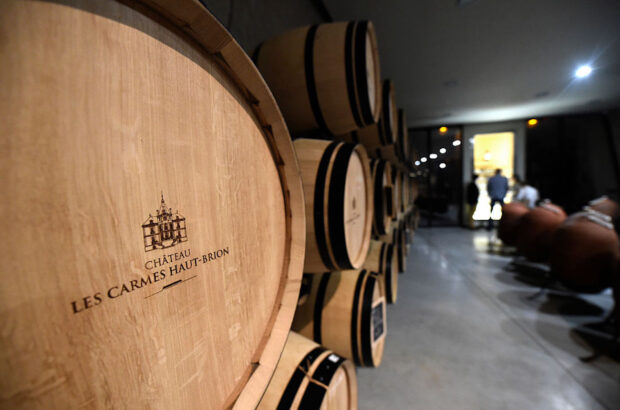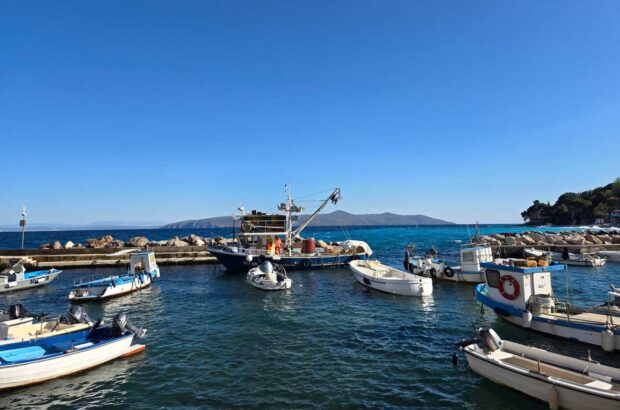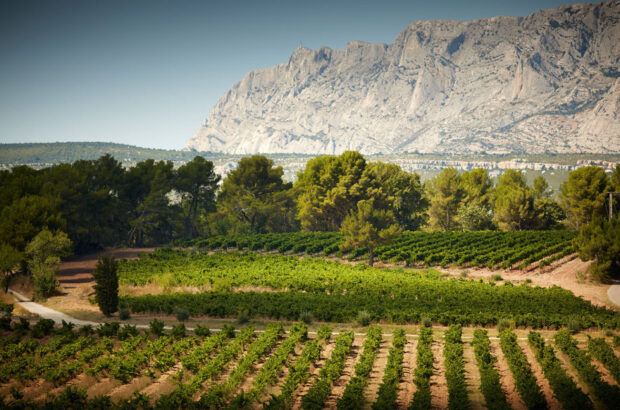Promotional feature
The delimitation of regions is a rising trend in Argentina. New Geographical Indications isolating specific flavours pushed by quality producers....New Argentina Geographical Indications
Promotional feature
If a wine traveller were to get into a conversation about wine in Argentina, the first thing that would attract their attention would be the number of times the term GI (Geographical Indication) is used. If he were to ask what the term GI actually meant and what value it had for the consumer, it’s possible that the answers would be very different.
What is happening today with new Argentine terroirs is the same that is happening all over the New World: the necessity to find out what makes our wines potentially different and also understand how to define them for the consumer. That’s the engine of all this healthy discussion.
Therefore, the traveller should know that he is witnessing an iconic moment for Argentine wine – like the classification of Bordeaux in 1855 or the delimitation of Porto in 1756. Here there are GI’s from Pedernal to Paraje Altamira and more to come.
Argentina’s brand-new Geographical Indications

Cafayate. Credit: Wines of Argentina
GI’s function as delimited areas that account for the origin of a wine and can be used on labels. If this origin is prestigious, it can be a positive endorsement for the wines made there.
The issue is how to delimit them, because, the taste of the wine does not respect the pre-established political boundaries between regions, and smaller areas did not have a previous delimitation.
The battle for the GI Paraje Altamira, which broke away from La Consulta, Valle de Uco, Mendoza, marked a turning point in 2012. Soil, temperature and exposure criteria were established to give importance to a place that had no political or geographical reference but offered individual wines: fruity and balsamic Malbec, with freshness and chalky tannins.
Today Altamira has gained prestige in the hands of a few small producers committed to quality; Finca Beth, Finca Suárez, Lupa Wines, Altos Las Hormigas, Achával Ferrer and Chandon, among others.
Other zones are now following suit. Los Chacayes, which is looking to separate from Vista Flores, Valle de Uco, Mendoza, is one of the most impressive for the quality of their high altitude Malbec and Chardonnay. It consists of high quality producers like Bodega Piedra Negra, Casa de Uco, Corazón de Sol or SuperUco.
San Pablo, also located in Tunuyán, Valle de Uco, is another GI in the process of approval requested by three producers: Salentein, Zuccardi and Tapiz. The Malbec and Pinot Noir from here have elevated freshness.
Another GI in development is Gualtallary, in Tupungato, Valle de Uco, whose mature, high-quality Malbec and Cabernet Sauvignon, are unique. It is already a large district and the proposed idea is to delimit it into five climatic and soil zones. A handful of high value producers are there like Bodega Catena, Doña Paula, Trapiche, Ambrosia and Finca Ferrer.
Does this mean that the wine traveller will return to his or her country and be able to request a wine from Los Chacayes or Gualtallary? Maybe.
What is important, both for those who visit us and those who drink from a distance, is to begin to understand that there is a diversity of wines in these regions in the process of formation. In a few years we’ll be able to drink the difference.
We’re moving forward.
This content was provided by Wines of Argentina.
More from Wines of Argentina:

Extreme Argentina: New limits, new terroirs
What's changing...

Top Argentina winery restaurants
High-end gastronomy meets outrageously delicious wines...

Beyond Torrontes: Discover Argentinean white wines
Explore these white wines...

Seven rising stars of Argentinian winemaking
The ones to watch...







